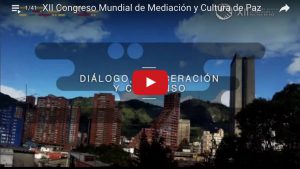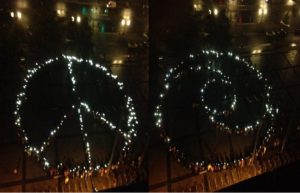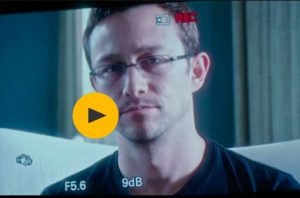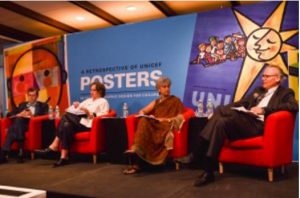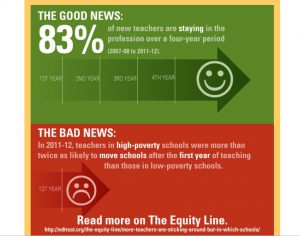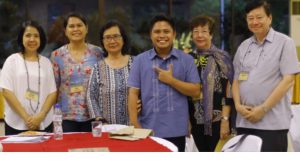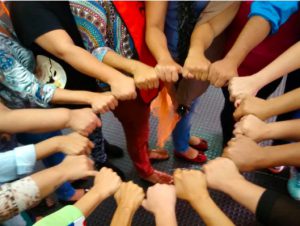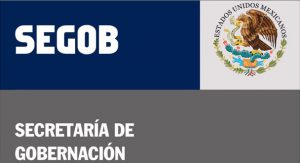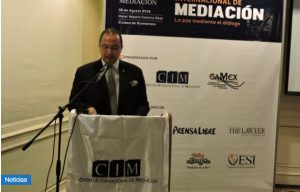… EDUCATION FOR PEACE …
An article from the Manila Bulletin (slightly abbreviated)
Mindanao has . . . been through decades of armed conflict, which has claimed countless lives and displaced some 30,000 to 50,000 persons annually. Children and adolescents are among those who have suffered the most, caught in the midst of violence, displacement, poverty, and the loss of loved ones. It is for this reason that civil society groups have taken initiatives in introducing the culture of peace among the children in Mindanao’s conflict-affected communities through the promotion of their own traditional, cultural, and artistic abilities.
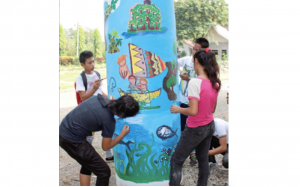
(Click on image to enlarge)
One of these groups is the 13-year-old Kalimudan Culture and Arts Center, a non-profit organization based in Gen. Santos City. It is currently undertaking the Fostering Culture of Peace and Child Protection program, in collaboration with the United Nations Children’s Fund (UNICEF).
Coined from the Maguindanaon term for gathering, Kalimudan is composed of artists and advocates for social reforms, backed by their experiences as cultural and community workers, trainers, researchers, and teachers.
In recent months, Kalimudan has been conducting the Adolescent Development and Participation-Peace building program in the provinces of Maguindanao, Sarangani, Sultan Kudarat, Zamboanga Sibugay, and Lanao del Sur.
According to Al Nezzar Ali, the project uses culture and arts as tools to assist communities in creating a violence-free home environment, and helps children promote a culture of peace.
Among the strategies used in the workshops are play production dance drama and choral narration, peace tiles and peace totems, interactive storytelling, dance, music, and visual workshops, which enhance participants’ coping mechanisms.
(Article continued in right column)
Do the arts create a basis for a culture of peace?
(Article continued from left column)
“The program also helps develop children’s creativity, appreciation of tradition, and culture to foster peace, which get them more engaged in sports and recreational activities, instead of getting involved in armed activities,” Ali enthuses.
He said that the project hopes to contribute to the attainment of strengthened mechanisms for promoting the rights of children in peace process and situations of armed conflict and supporting children’s participation.
During the International Day of Peace held last Sept. 21 at the Mindanao State University Gymnasium in Maguindanao, children and adolescents representing the different Moro Islamic Liberation Front (MILF) areas in Sarangani, Sultan Kudarat, Maguindanao, Zamboanga Sibugay, and Lanao del Sur will be the highlight of the celebration. These children and adolescents took part in the ADAP workshops and #ChildrenNotSoldiers campaign traditional cultural performance showcase, which were exhibited on the same day.
Ali said that peace building measures should address the root causes of the conflict, enhance social cohesion, build trust in governments, and build capacity of individuals, communities, and institutions to manage conflict and deliver appropriate services.
He noted that under the UNICEF framework, programs create space for young people and enhance their capacity to participate in the decision-making on the peace process, especially between the Government of the Republic of the Philippines and the MILF, while promoting pro-peace knowledge, attitudes, and lifestyle.
He pointed out that the quest for peace is integral to the fulfillment of the rights of children to safety and wellbeing, since young people have distinct capacities in contributing to peace-building due to their diverse experiences in armed conflict.
Founded in 2003, Kalimudan Culture and Arts Center seeks to raise awareness, advocate basic social issues through culture and arts as its tool, as it links with local and national movements for social and cultural development
It specializes in Mindanao cultural dances and music, contemporary arts (music, film, and video), and collaborates with national agencies like the National Commission for Culture and the Arts, the Department of Social Welfare and Development, as well as NGOs such as the SOCSARGEN Peace Network, and Mindulani, a Mindanao-wide network of theater workers.
